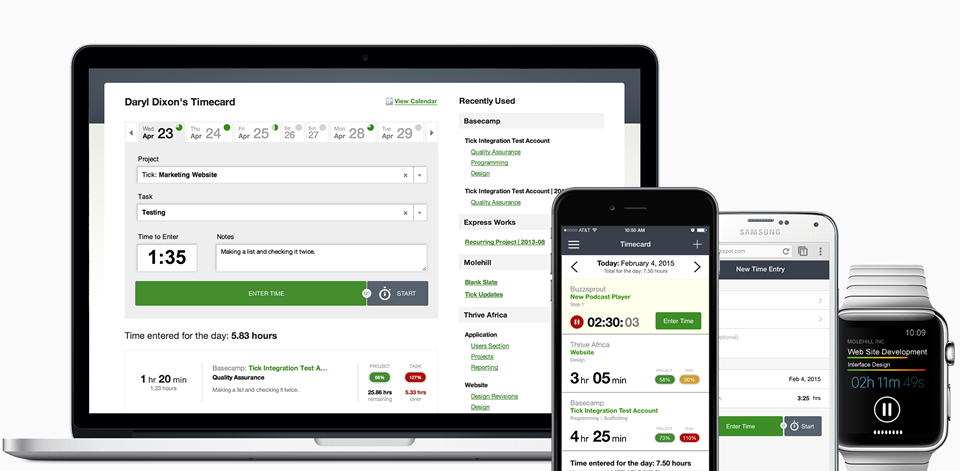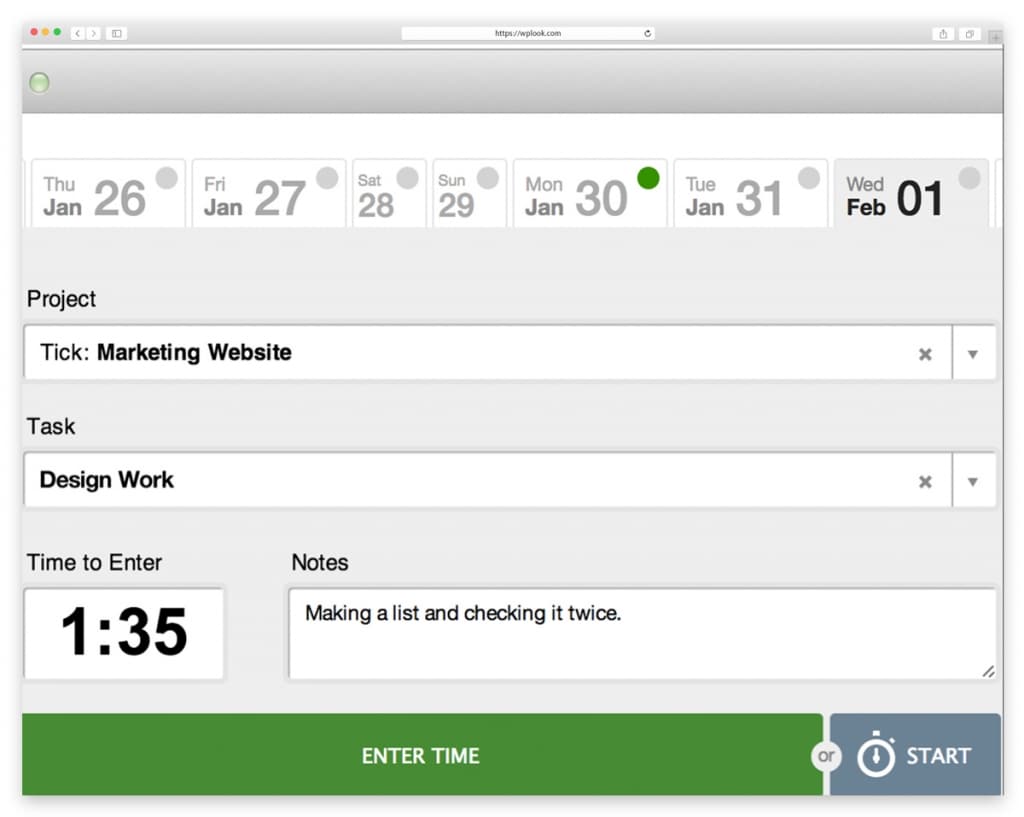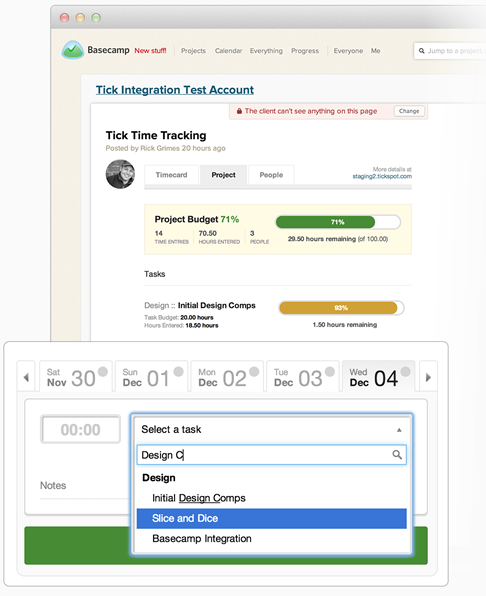

It has a superb reporting system built-in.You can get a review on which sites you give most of the time or the least of your time. It tracks the websites and programs you run with complete records.There is also the option of performing a bulk edit. If you need to, you can manually enter your time if necessary. You may keep track of your time by project. With the help of an auto timer or the start/stop app, the easy time tracking system efficiently counts the number of working hours.Some of the most notable factors of Toggl are as follows: Instead of installing the app on your device, you can utilize the browser extensions if you don't need to use them (Chrome, Firefox). This app is simple to use on your mobile device or desktop computer. It offers over 100 integrations to choose from.
#TICK TICK TIME TRACKING MANUAL#
The Toggl's primary features include a one-click timer, reporting, a project dashboard, billable rates, manual time entries, and calendar connection, among other things. It has extensive capabilities such as controlling team dashboards, evaluating profit vs labour costs, sending email reminders, and other similar functions and features. Toggl is a comprehensive productivity tool that allows for simple time monitoring as well as comprehensive and sophisticated reporting capabilities. Today, Greenwich Mean Time (GMT) is only the name of a time zone that is used by a few countries in Africa and Western Europe, including the UK during winter and all year in Iceland.Individuals and start-ups, Large enterprises.īefore we look at the alternatives, let's have a look at Toggl. Since then, GMT is no longer a time standard. Until 1972, Greenwich Mean Time (also known as Zulu time) was the same as Universal Time (UT).

UTC was adjusted several times until 1972, when leap seconds were introduced to keep UTC in line with the Earth's rotation, which is not entirely even, and less exact than atomic clocks. The name Coordinated Universal Time was officially adopted in 1967. In 1960, the International Radio Consultative Committee formalized the concept of UTC, and it was put into practice the year after. The transit circle is a part of the telescope's mechanics and it is still cited as the prime meridian's original reference (0° longitude). The reference line or starting point, the Prime Meridian, was determined to be the transit circle at the Royal Observatory in Greenwich, London. This is the basis for the 24-hour time zone system we know today.Īt the time, Greenwich Mean Time (GMT) was chosen as the world’s time standard.

Universal Time (UT) was created at the International Meridian Conference in 1884. It is used to compare the pace provided by TAI with the actual length of a day on Earth. Universal Time (UT1): Also known as astronomical time or solar time, it refers to the Earth's rotation.International Atomic Time (TAI): A time scale that combines the output of some 400 highly precise atomic clocks worldwide, and provides the exact speed for our clocks to tick.Two components are used to determine UTC: The world's timing centers have agreed to keep their time scales closely synchronized - or coordinated - therefore the name Coordinated Universal Time. UTC is the time standard commonly used across the world. ©/stocknshares A Standard, Not a Time Zone The Greenwich Meridian in London, England. Business Date to Date (exclude holidays).


 0 kommentar(er)
0 kommentar(er)
